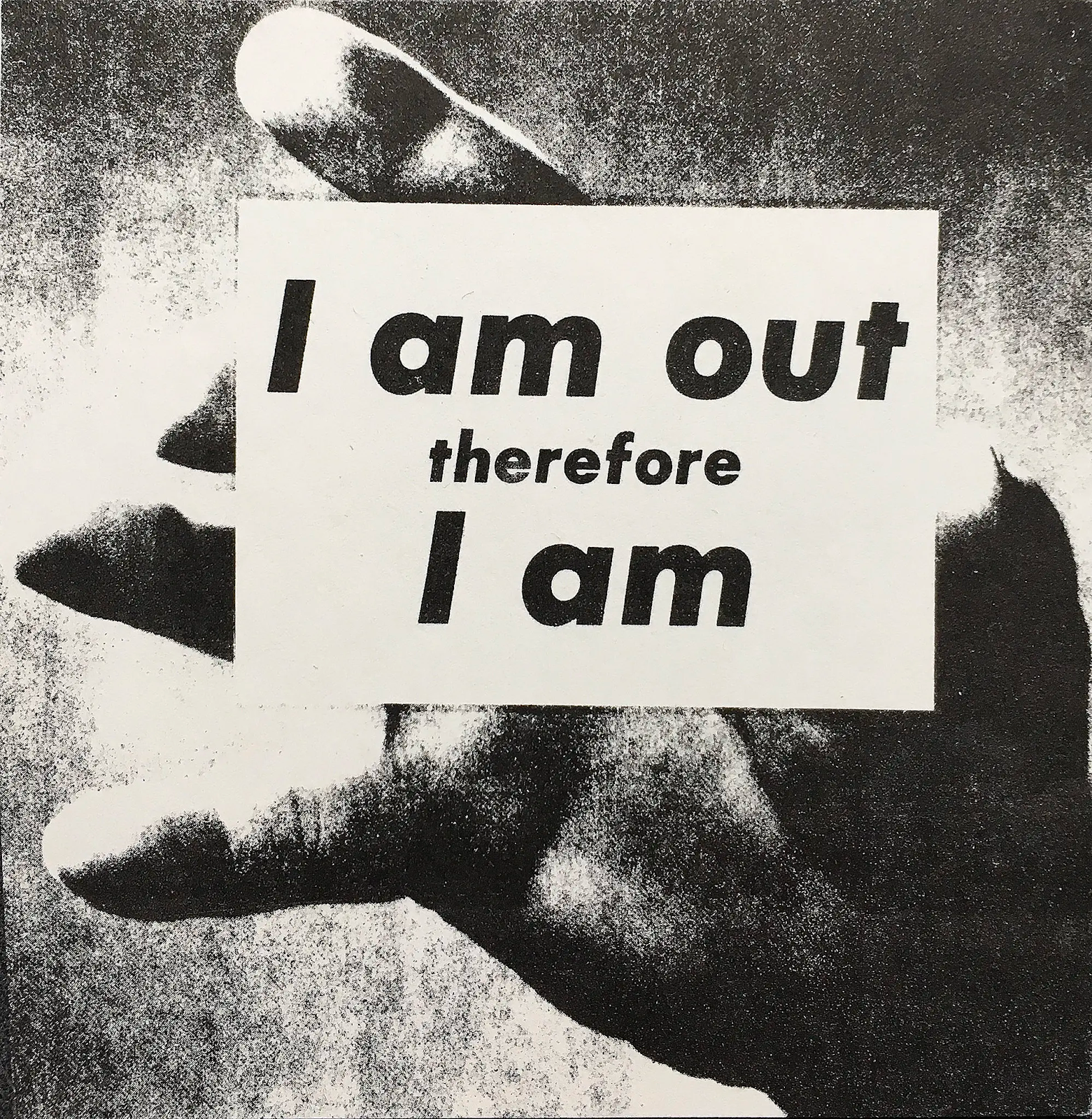For my exhibition project, I want to explore the controversy of an LGBTQ+ curriculum in education, primarily elementary and secondary school. Ironically, this topic was inspired by an argument I had with my boyfriend. Because I am queer and he is heterosexual and cisgender, our experiences are different. It wasn’t until further into the argument that I understood his viewpoint. I didn’t realize I was queer until sometime in the middle of the 2020 quarantine, as there was not much representation or exposure in my community during my younger years. Thus, I believe that to understand the experiences of those that are marginalized, one must educate themselves and be aware of the world around them.
Using Vicki L. Eaklor’s Queer America: A People’s GLBT History of the United States as a starting point, I will highlight the similarities of the LGBTQ rights history with womens’ rights movement and the civil rights movement. Individuals I know will be interviewed and their responses will be included in the exhibition, since it’s important to understand firsthand experiences. I will advocate for schools having a LGBTQ+ curriculum, and include and try to refute the arguments against such a curriculum. I will interview individuals from both sides of the arguments, and I want to survey peers my age and younger to get their experiences and compile their responses together into a report.


















































